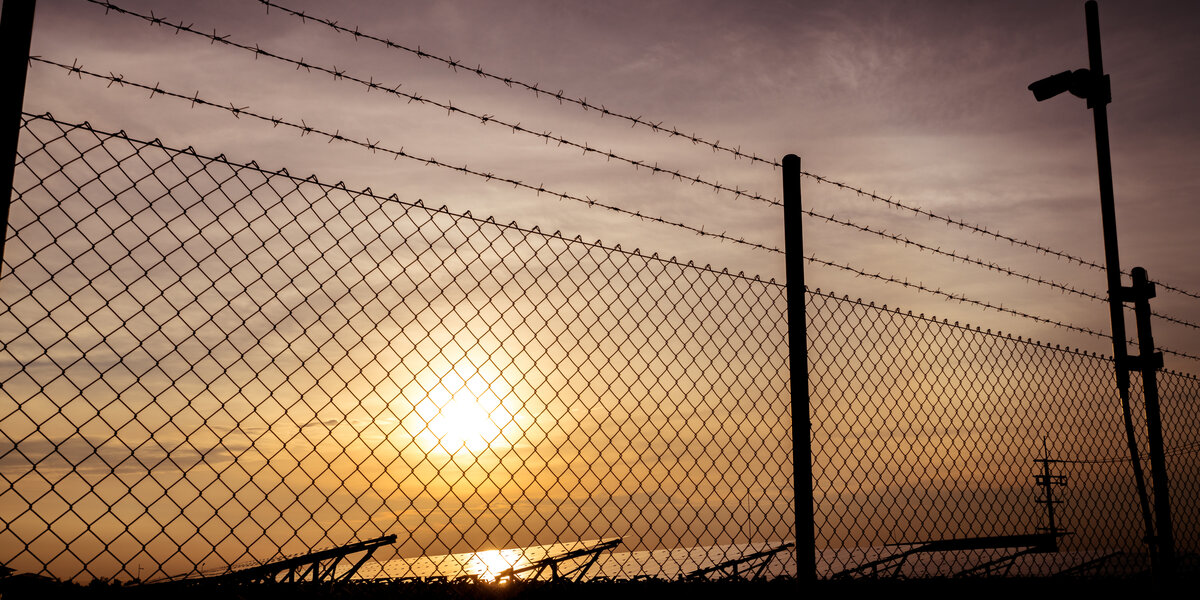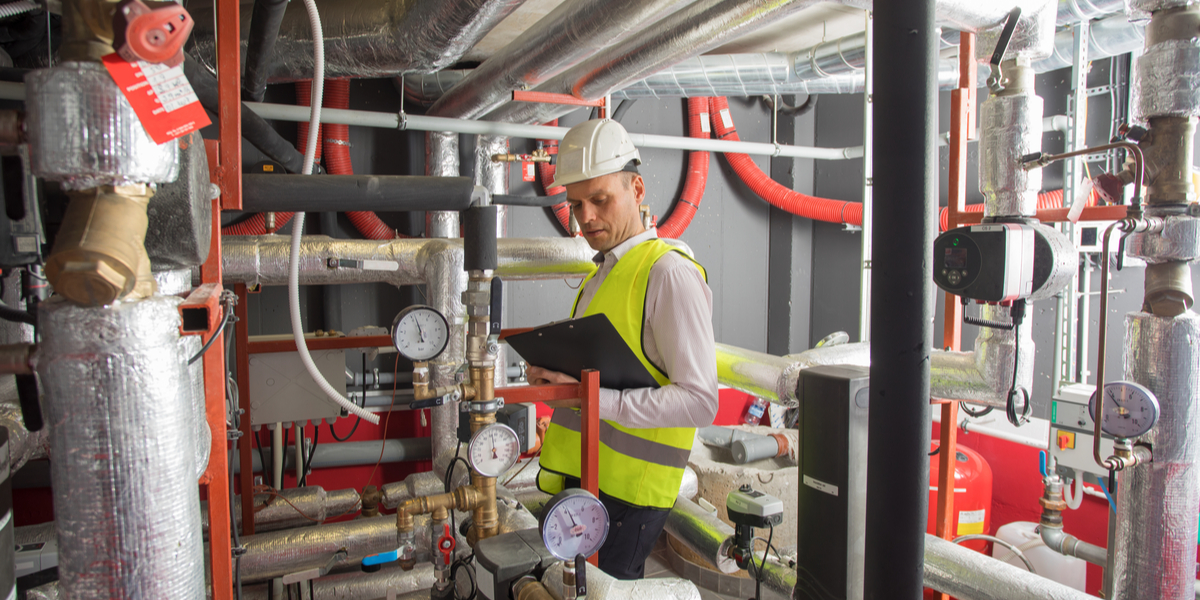Microgrids Can Save Energy and Deliver Additional Benefits. The Department of Defense has Taken Notice.
Let's Save Energy
Alliance to Save Energy's Blog
Microgrids Can Save Energy and Deliver Additional Benefits. The Department of Defense has Taken Notice.

As the world’s largest consumer of energy, the Department of Defense (DOD) has quite the incentive to innovate its power systems to reduce costs and enhance energy security across its roughly 280,000 buildings. According to DOD’s 2017 Annual Energy Management and Resilience Report, powering military installations alone cost taxpayers around $3.7 billion in 2016.
One such method of innovation has been incrementally implementing microgrids into U.S. bases both domestically and abroad. In 2013, the U.S. military established a pilot program and introduced its first microgrid at Fort Bliss Army base in Texas. Since then the DOD has significantly increased investments with no indication of slowing down. According to research by Navigant, DOD investment in microgrids in 2017 was roughly $450 million and expected to reach $1.4 billion by 2026.
So What is a Microgrid?
The Department of Energy defines a microgrid as, “A group of interconnected loads and distributed energy resources within clearly defined electrical boundaries that acts as a single controllable entity with respect to the grid.” With that said, not all microgrids are the same, but they do share a common characteristic. The defining feature and benefit of a microgrid is its ability to ‘island.’ In other words, microgrids can work within the traditional grid system that most of us are accustomed to, but they can also operate independently of the grid if the need or want arises.
Microgrids can be powered by a variety of different fuel sources. They also vary in size and scale depending on the design. A microgrid can provide power to a single residential home, or in the case of Fort Bliss, an entire military base.
Efficiency Benefits
Microgrids are often touted, and rightly so, as great ways to enhance energy security. More rarely discussed is the less apparent, but significant linkages between microgrids and energy efficiency.
To better highlight the efficiency benefits of microgrids it is helpful to understand how the central grid system functions. A simplified version is as follows: electricity is centrally generated by power plants, moved through transmission lines, and then distributed to the end-user. Each of these steps in the process make up the traditional power system that we are used to. This system has worked well for decades and is an essential aspect of U.S. infrastructure. However, this system is not perfect. At each stage in this process energy is typically “lost” in the form of heat. Energy losses can accrue to about 5 percent during the transmission and distribution phases. Five percent may not sound like much, but when considering the roughly 31 billion kWh of electricity (p. 15-16) that the DOD consumes to power, heat and cool its bases, the benefits are tremendous. Those 5 percent savings could power about 145,000 U.S. homes.
The Opportunity for Microgrids on Military Bases
Microgrids are stationed on-site of the facility they will be powering, significantly shortening the distance electricity must travel when compared to the traditional power system. Since some U.S. military bases are in remote locations, they are prime candidates for microgrids. Implementing microgrids on these installations can significantly mitigate energy losses caused by such distances.
Any microgrid can save energy because of the reduced transmission losses and some will save even more energy, depending on the microgrid’s storage capability, power source and other factors.
Microgrids have tremendous potential for the DOD to improve overall national security. The ability for military facilities to isolate from the main grid allows for increased defense against cyber-attacks, enhances reliability during extreme weather events and reduces costs to American taxpayers.
RECENT BLOG POSTS
STAY EMPOWERED
Help the Alliance advocate for policies to use energy more efficiently – supporting job creation, reduced emissions, and lower costs. Contact your member of Congress.
Energy efficiency is smart, nonpartisan, and practical. So are we. Our strength comes from an unparalleled group of Alliance Associates working collaboratively under the Alliance umbrella to pave the way for energy efficiency gains.
The power of efficiency is in your hands. Supporting the Alliance means supporting a vision for using energy more productively to achieve economic growth, a cleaner environment, and greater energy security, affordability, and reliability.



